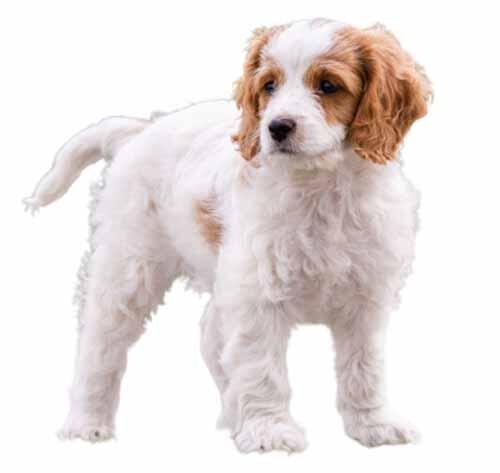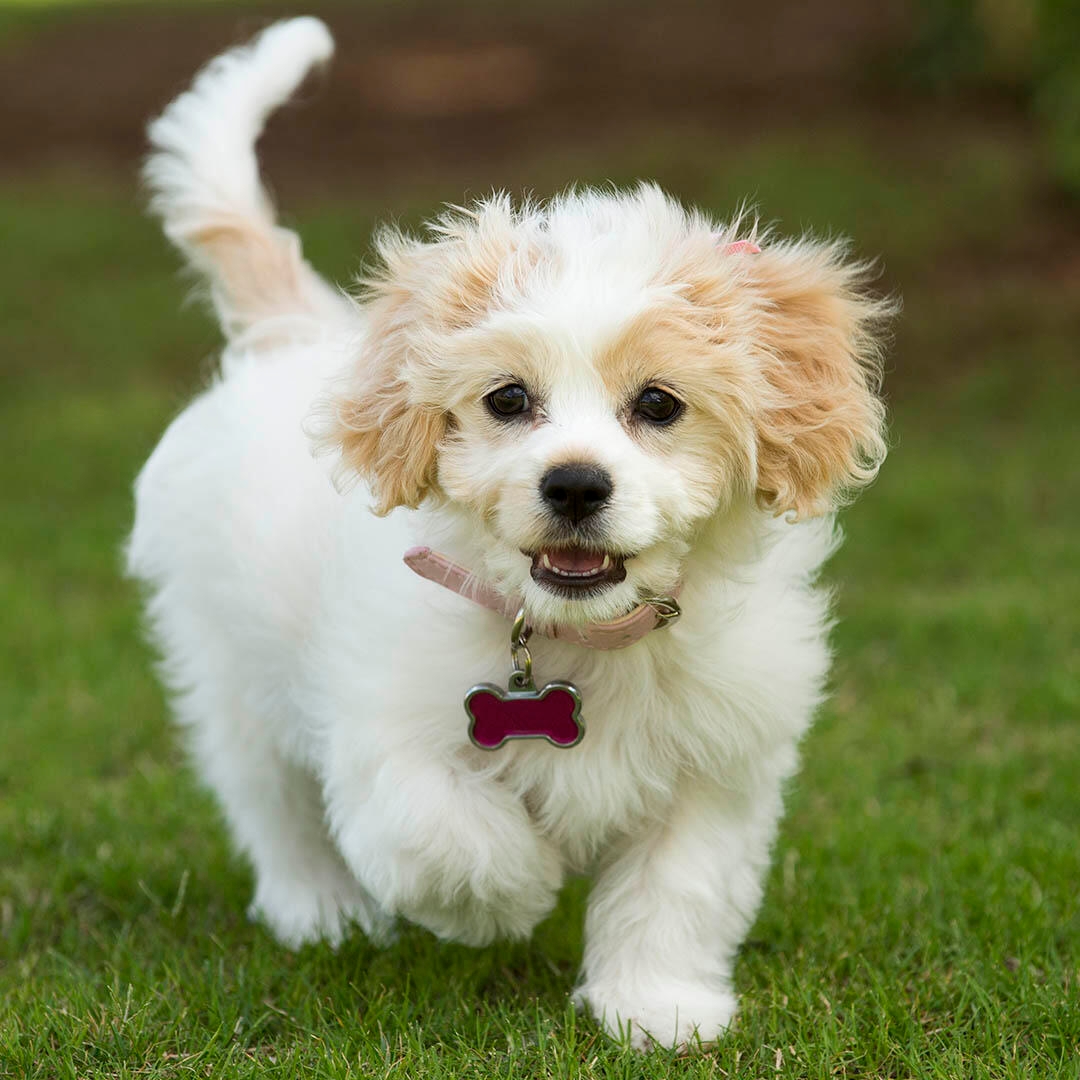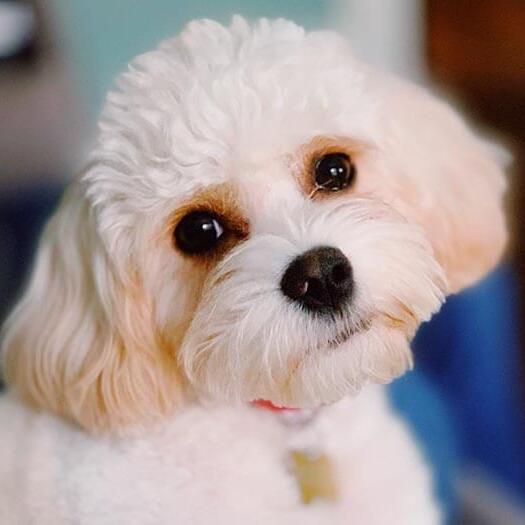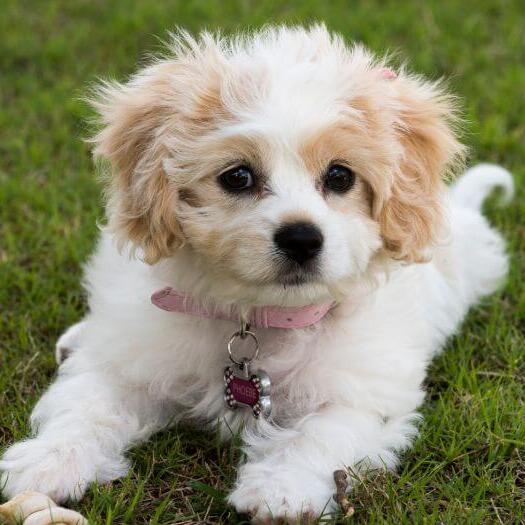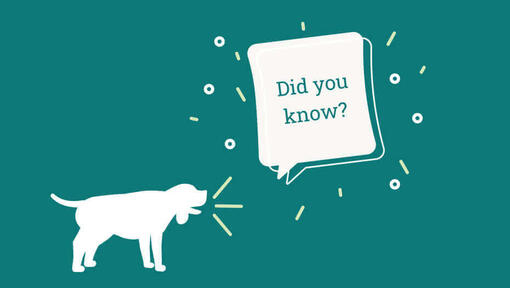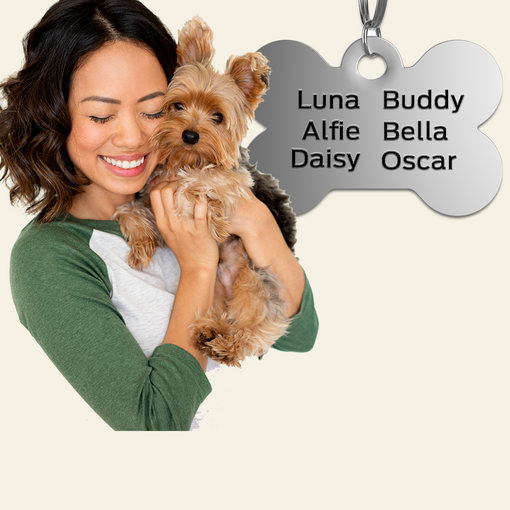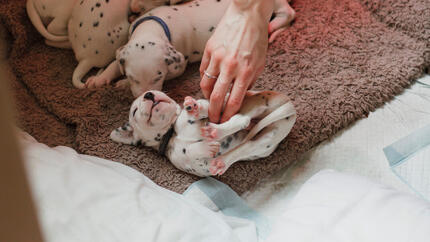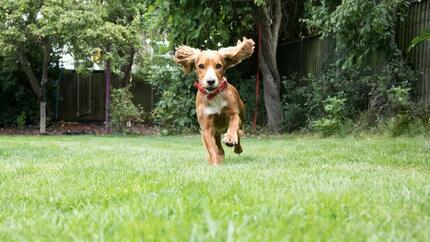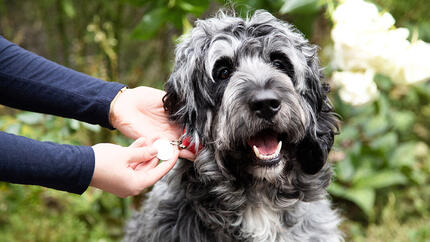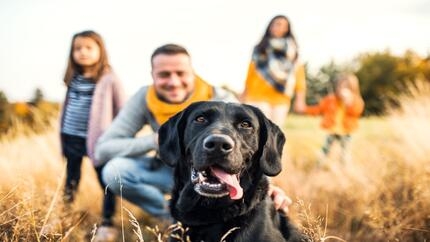The Cavachon originated in North America in 1996 in a bid to create a small, fun and trainable companion dog that had less health issues and would fit into any family’s lifestyle, no matter how small their home and garden.
Where the intentional breeding of the Cavachon is fairly recent, the two breeds that brought the breed into being have a much deeper history. The Cavalier King Charles spaniel for one is the latest of the English Toy Spaniels, originally bred in the 1920s in an attempt to recreate the famous dogs of King Charles. Up until the 19th century, the King Charles Spaniel had a pointed muzzle but in the Victorian era it became fashionable to breed dogs with shorter faces and before long the King Charles became a flat-faced breed. However, in 1926 an American called Roswell Eldridge visited England and was saddened that he couldn’t see the dogs so often depicted in art, so he set to reinstating the longer snouted variant. This started a movement leading to the formation of the Cavalier King Charles Club in 1928 and finally in 1945, they were recognised as two separate breeds.
The Bichon Frise on the other hand is an old breed that was incredibly popular in 16th century Spanish courts. Originating on the island of Tenerife, they were firstly known as the ‘Barbichon’, meaning ‘little barbet’, the barbet being a local water spaniel, indicating that the Bichon Frise may have been a cross between these and small Spanish lapdogs.
The Bichon Frise (then called the Bichon Tenerife) remained popular in the Spanish courts right through to the 19th century, and even captivated the hearts of the French nobility as well. For some reason however they fell out of favour and they went from being dogs of nobility to largely being circus performers. Thankfully their appealing looks and their trainability meant that they excelled, finding a performing niche for themselves until French and Belgian breeders took an interest in them and worked to re-establish the breed, renaming them Bichon à Poil Frisé which means ‘the bichon with the curly coat’.
The Cavachon can have any combination of the two breeds in their appearance, behaviour and temperament.
